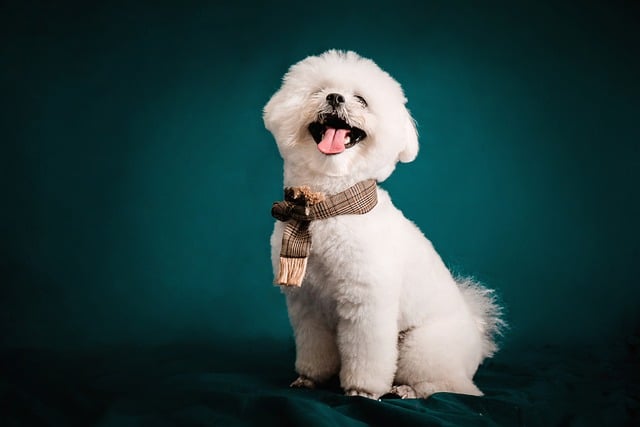
How can I tell if my dog's heatstroke is serious
Let’s be real: It’s a sticky August morning in Los Angeles, and you took your 2-year-old Golden Retriever, Max, for a walk a little later than usual
Many new poodle owners first notice a coat difference when they bring home a puppy—its fur feels soft, almost like fleece, and lies in loose waves rather than tight curls. This puppy coat is thin and prone to picking up grass burrs or household lint, so you’ll need to brush it 2-3 times a week to avoid tangles. Unlike adult coats, it doesn’t have the dense texture that makes poodles so recognizable, and it may even lighten a shade or two as the dog matures.
By the time your poodle hits 6-12 months old, the adult coat starts coming in—and it’s a big shift. Suddenly, the soft waves turn into tight, springy curls that feel coarser to the touch. This adult poodle coat is much denser, which means it traps dirt less easily but tangles more stubbornly if neglected. Most owners switch to weekly deep brushes with a pin comb and schedule professional grooming every 6-8 weeks to keep it neat.
 It’s important to tie coat care to local pet laws, too. In many U.S. states (like California) and EU countries, groomers can’t accept puppies under 16 weeks old without proof of core vaccines—this protects your pup from diseases like parvovirus in busy salons. Skipping this step isn’t just risky for your dog; it could also mean fines for breaking local animal welfare rules. Always check your city’s regulations before booking that first grooming appointment.
It’s important to tie coat care to local pet laws, too. In many U.S. states (like California) and EU countries, groomers can’t accept puppies under 16 weeks old without proof of core vaccines—this protects your pup from diseases like parvovirus in busy salons. Skipping this step isn’t just risky for your dog; it could also mean fines for breaking local animal welfare rules. Always check your city’s regulations before booking that first grooming appointment.
The way you care for each coat type also ties into your poodle’s behavior. Puppies often find brushing stressful at first, so using a soft bristle brush and pairing sessions with tiny treats helps them associate grooming with positive experiences. For adults, the thicker coat means longer brushing sessions, but sticking to a consistent routine helps them stay calm—poodles thrive on predictability, after all.
Understanding these coat differences isn’t just about keeping your poodle looking nice; it’s about keeping them healthy and compliant with local laws. The soft puppy coat needs gentle care to build trust, while the adult coat requires regular maintenance to prevent skin irritation. By adjusting your routine as your poodle grows, you’ll keep their coat shiny, their stress low, and stay on the right side of local pet regulations.

Let’s be real: It’s a sticky August morning in Los Angeles, and you took your 2-year-old Golden Retriever, Max, for a walk a little later than usual

You're enjoying a summer afternoon at the park when you notice your dog has stopped panting and appears disoriented - their gums are bright red

Let’s paint the picture: You’re in your Denver apartment, watching your 4-year-old Boston Terrier, Ruby, plop down mid-play session with her favorite toy

Many dog owners notice their pets nails seem shorter after regular walks,but how much does this daily activity actually help?The answer depends on where you walk—concrete sidewalks or asphalt streets gently file nails as a dog's paws hit the ground

Most dog owners notice their pup scooting across the carpet at some point, but few connect it to impacted anal glands. These small sacs near a dog’s rectum secrete a scent for marking territory

Most vets agree that regular dog teeth cleaning is key to avoiding painful dental issues later. For healthy adult dogs, a professional cleaning at the vet’s office every 12 to 18 months usually works well.